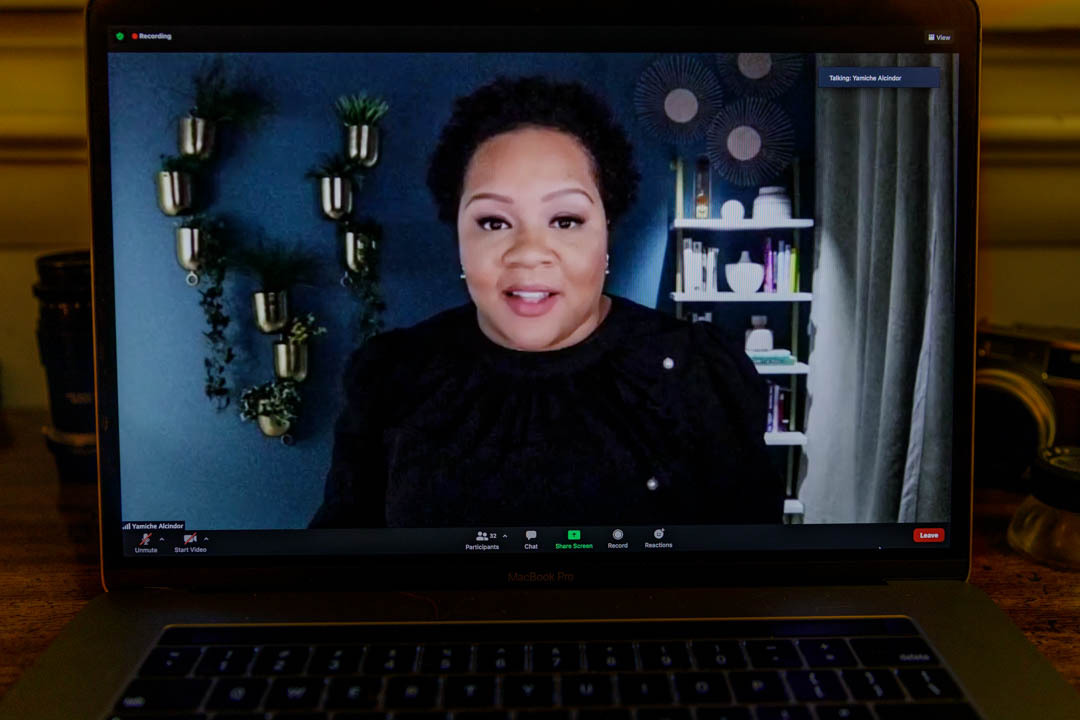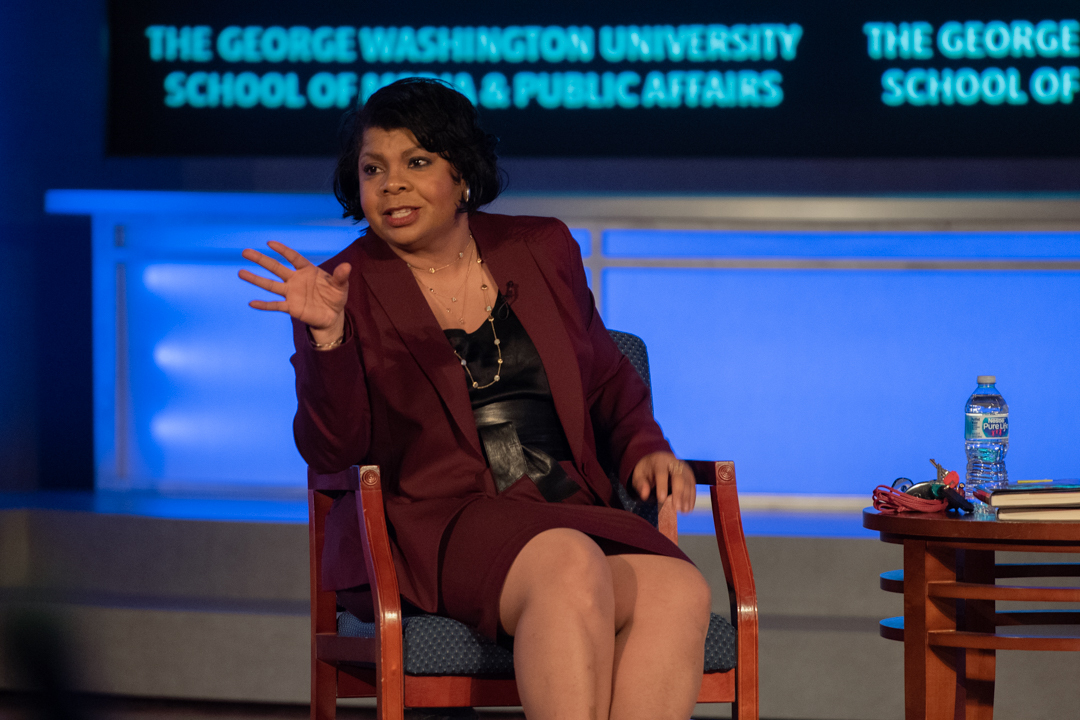By Briahnna Brown
When white supremacists stormed the U.S. Capitol on Jan. 6, Yamiche Alcindor distinctly remembers being annoyed that she was not reporting on the insurrection from the ground.
As a White House correspondent, she was covering President Donald Trump that day, and she realized that the story is also that Mr. Trump retreated back to the White House, she said, where things were quiet and safe while hundreds of lawmakers were running for their lives.
After learning more about who forced their way into the Capitol, Ms. Alcindor said, she is somewhat grateful that she was able to avoid a potentially deadly situation.
“I can't imagine if I had confronted that crowd what it would have meant for someone like me who was highly recognizable, as someone who had had these tense exchanges with the president,” Ms. Alcindor said. “Even though it kind of still annoys me that I wasn't there on the ground that day, I think I linked to my mom's vision of things which is that it was better for me to be at the White House.”
Ms. Alcindor discussed being on the frontlines of history during a virtual event Friday night for George Washington University’s Black Heritage Celebration. The theme of this year’s Black Heritage Celebration, “Black is __” focuses on the diversity of personalities, careers, identities and cultures within the Black community both at GW and abroad. The Multicultural Student Services Center hosted the student-led celebration, and the GW Association of Black Journalists, the GW Black Law Student Association and the GW Black Pre-Law Association sponsored the event with Ms. Alcindor.
School of Media and Public Affairs associate professor Cheryl Thompson interviewed Ms. Alcindor throughout the virtual event, and asked Ms. Alcindor about the things that keep her going while she tells the difficult stories about race in America while reporting on a chaotic White House.
Ms. Alcindor and Mr. Trump had a number of tense exchanges throughout her time covering his administration, most notably when he referred to her inquiry at the beginning of the COVID-19 pandemic about his decision to disband the White House’s pandemic office as a “nasty question”, and then later that month when Ms. Alcindor asked about states’ requests for ventilators and Mr. Trump told her, “Don’t be threatening. Be nice.”
The key to keeping her composure amid that tension, Ms. Alcindor said, was staying focused on why she was there in the first place: to bring answers to the millions of disadvantaged Americans who were trying to figure out how they would survive in the pandemic.
“I would have that exchange, and then I would be composing new questions because people were asking me questions like, ‘why can't I get a test in the southside of Chicago, is my uncle going to get off a ventilator, are they going to have enough ventilators if I end up in the hospital?’” Ms. Alcindor said. “There were these literal life and death questions that were being posed to me that I then posed to the president, and that, to me, had to be the focus.”
Throughout her career, Ms. Alcindor said, she tried to elevate the voices and experiences of Black people and other people in vulnerable or disadvantaged groups. Being a Haitian-American informed her approach to covering the pandemic and asking people in power the tough questions and holding their feet to the fire, she said.
“I hope my work shines a light on how America is still evolving and how America still is a place that isn't treating people equally,” Ms. Alcindor said. “I hope that people, when they look at my work, they see themselves in my work, see their values and their concerns reflected in my work.”




